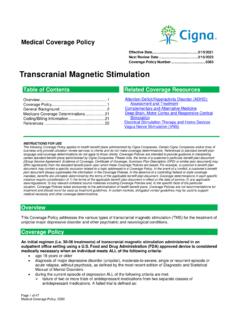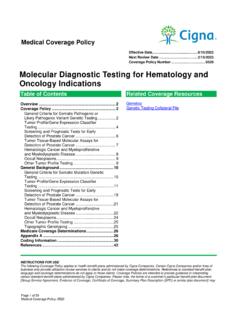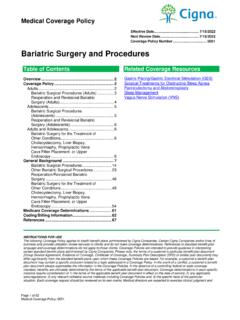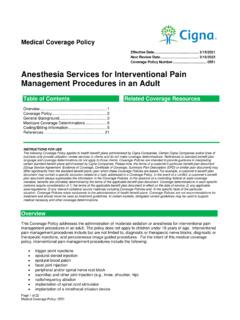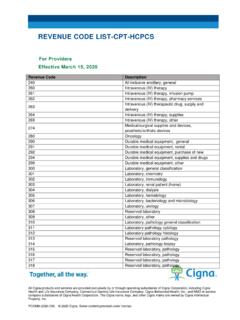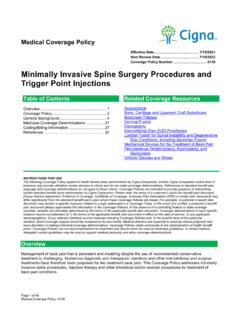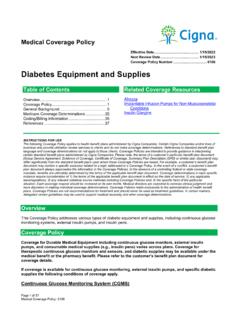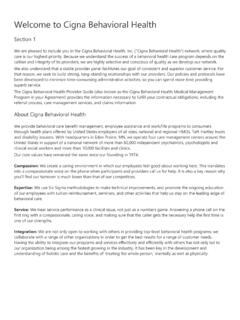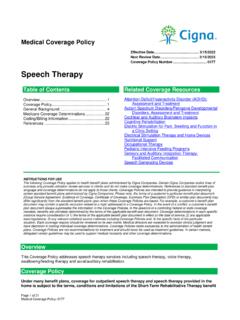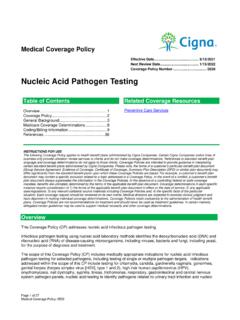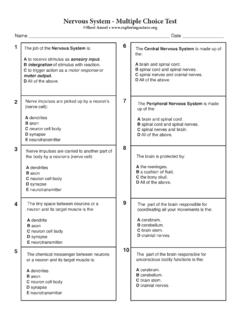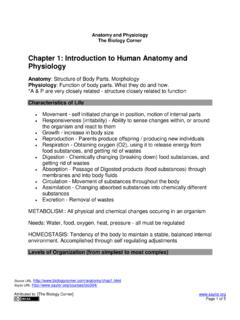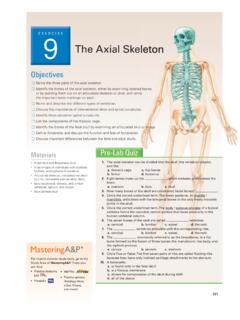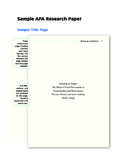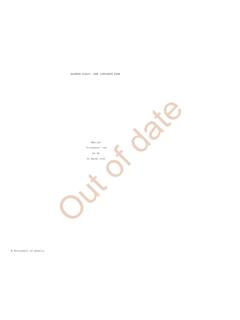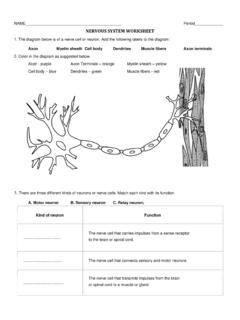Transcription of Orthotic Devices and Shoes - Cigna
1 Page 1 of 58 Medical Coverage Policy: 0543 Medical Coverage Policy Effective Date .. 7/15/2021 Next Review Date .. 8/15/2022 Coverage Policy Number .. 0543 Orthotic Devices and Shoes Table of Contents Overview .. 1 Coverage Policy .. 2 General Background .. 8 Medicare Coverage Determinations .. 20 Coding/Billing Information .. 21 References .. 47 Related Coverage Resources Extracorporeal Shock Wave Therapy (ESWT) for Musculoskeletal Conditions and Soft Tissue Wounds Foot Care Services Lumbar Fusion for Spinal Instability and Degenerative Disc Conditions, including Sacroiliac Fusion Minimally Invasive Spine Surgery Procedures and Trigger Point Injections Percutaneous Vertebroplasty, Kyphoplasty and Sacroplasty Physical Therapy Plantar Fasciitis Treatments Prosthetic Devices Stretch Devices for Joint Stiffness and Contracture Subtalar Arthroereisis INSTRUCTIONS FOR USE The following Coverage Policy applies to health benefit plans administered by Cigna Companies.
2 Certain Cigna Companies and/or lines of business only provide utilization review services to clients and do not make coverage determinations. References to standard benefit plan language and coverage determinations do not apply to those clients. Coverage Policies are intended to provide guidance in interpreting certain standard benefit plans administered by Cigna Companies. Please note, the terms of a customer s particular benefit plan document [Group Service Agreement, Evidence of Coverage, Certificate of Coverage, Summary Plan Description (SPD) or similar plan document] may differ significantly from the standard benefit plans upon which these Coverage Policies are based. For example, a customer s benefit plan document may contain a specific exclusion related to a topic addressed in a Coverage Policy. In the event of a conflict, a customer s benefit plan document always supersedes the information in the Coverage Policies.
3 In the absence of a controlling federal or state coverage mandate, benefits are ultimately determined by the terms of the applicable benefit plan document. Coverage determinations in each specific instance require consideration of 1) the terms of the applicable benefit plan document in effect on the date of service; 2) any applicable laws/regulations; 3) any relevant collateral source materials including Coverage Policies and; 4) the specific facts of the particular situation. Each coverage request should be reviewed on its own merits. Medical directors are expected to exercise clinical judgment and have discretion in making individual coverage determinations. Coverage Policies relate exclusively to the administration of health benefit plans. Coverage Policies are not recommendations for treatment and should never be used as treatment guidelines. In certain markets, delegated vendor guidelines may be used to support medical necessity and other coverage determinations.
4 Overview This Coverage Policy addresses Orthotic Devices . Orthotic Devices are defined as orthopedic appliances used to support, align, prevent or correct deformities. Static orthoses are rigid and are used to support weakened or paralyzed body parts in a particular position. Dynamic orthoses are used to facilitate body motion to allow optimal function. Myoelectric Orthotic Devices use neurologic sensors, microprocessor units, and electric motors to provide self-initiated movement. The policy statements below provide medical necessity criteria for the following: General Criteria for an Orthotic Device Page 2 of 58 Medical Coverage Policy: 0543 Non Foot Orthosis cranial Orthotic Devices for Positional or Deformational Plagiocephaly Upper Limb Lower Limb Knee Braces Shoes Spinal Orthotic Devices Custom Foot Orthosis Not Medically Necessary Orthoses Experimental, Investigational, or Unproven Orthoses Orthosis Repair and Replacement Coverage Policy Coverage for Orthotic Devices varies across benefit plans.
5 Please refer to the customers benefit plan document to determine benefit availability and the terms and conditions of coverage. In certain markets, delegated vendor guidelines may be used to support medical necessity and other coverage determinations. For the intent of this policy, microprocessor-controlled/computer-contr olled Devices are considered a type of power enhanced/controlled device. _____ GENERAL CRITERIA FOR AN Orthotic DEVICE An Orthotic device is considered medically necessary when BOTH of the following criteria are met: The orthosis is prescribed to support, align, prevent or correct a deformity Evidence of a physical examination within the prior six months, for a condition that supports the use of the item prescribed, is documented in the individual s medical record. When the above medical necessity criteria have been met, and coverage is available for the specific Orthotic device, the following orthoses are considered eligible for coverage when the applicable medical necessity criteria listed below have been met: Non Foot Orthosis cranial Orthotic Devices for Positional or Deformational Plagiocephaly Upper Limb Lower Limb Knee Braces Shoes Spinal Orthotic Devices Custom Foot Orthosis An addition or component to an Orthotic device is considered medically necessary when it is required for the effective use of the orthosis.
6 The following Orthotic Devices are considered clinically equivalent but not superior to a conventional orthosis, are significantly more expensive than a conventional device, and are therefore considered not medically necessary under many benefit plans: mechanical (movement activated) stance control Orthotic (HCPCS L2005) a custom-foot orthosis for the treatment of plantar fasciitis Page 3 of 58 Medical Coverage Policy: 0543 _____ NON FOOT ORTHOSIS I. cranial Orthosis Coding for cranial Orthoses A custom molded/fitted cranial Orthotic device (HCPCS code S1040) is considered medically necessary for the treatment of synostotic plagiocephaly ( , craniosynostosis) following surgical correction when the benefit plan includes coverage for this indication. A custom molded/fitted cranial Orthotic device (HCPCS code S1040) is considered medically necessary for the treatment of moderate to severe nonsynostotic positional plagiocephaly when the benefit plan includes coverage for this indication and ALL of the following conditions are met: Child is EITHER ONE of the following: o between three and five months of age and has failed to respond to a two-month trial of repositioning therapy o age six months to 18 months cranial asymmetry as evidenced by EITHER of the following: o cephalic index at least two standard deviations from the mean for the appropriate gender/age (see Table 1) o asymmetry of 12 mm or more in ONE of the following measures.
7 cranial vault skull base orbitotragial depth (see Table 2) A subsequent custom molded/fitted cranial Orthotic device to accommodate growth changes is considered medically necessary when significant cranial asymmetry persists and further meaningful improvement in the asymmetry is expected with continued use of a cranial Orthotic device. Please note: A protective helmet (HCPCS code A8000 A8004) is not a cranial remolding device. A protective helmet (HCPCS code A8000-A8004) is considered a safety device worn to prevent injury to the head rather than a device needed for active treatment. See Not Medically Necessary section below. _____ II. Upper Limb Orthosis Coding for Upper Limb Orthoses An upper extremity Orthotic device (HCPCS codes L3650-L3999) ( , non-myoelectric, non-power enhanced, non custom fitted or custom fabricated hand) is considered medically necessary for an individual requiring stabilization or support to the upper limb and who is expected to have improved function with the use of the device.
8 To substitute for weak muscles ( , following cervical spine injury, brachial plexus injury, peripheral nerve injury [ , median, ulnar or radial nerves], sprain, strain) to support or immobilize a structure ( , rheumatoid arthritis, osteoarthritis, overuse syndromes [ , lateral epicondylitis, cubital tunnel syndrome, carpal tunnel syndrome, de Quervain tenosynovitis, trigger finger], trauma, following surgical repairs, fractures [ , acromioclavicular dislocation, clavicle fracture]) prevent contracture or deformity from neurological injury ( , brain injury, stroke [ , spasticity], spinal cord injury, brachial plexus injury, peripheral nerve injury) correct joint contractures resulting from disease or immobilization ( , post fracture, burns) when necessary to carry out ADLs ( , spinal cord injured individuals) Page 4 of 58 Medical Coverage Policy: 0543 A custom fitted (HCPCS codes L3807, L3915, L3917, L3923, L3929, L3931) or custom fabricated (L3763-L3766, L3806, L3808, L3891, L3900, L3901, L3905, L3906, L3913, L3919, L3921, L3933, L3935, L3956, L4205) hand Orthotic is medically necessary when the patient s clinical findings are severe and dysfunctional such that an off-the-shelf Orthotic is insufficient for the patient s needs when the above medical necessity criteria has been met for an upper limb Orthotic and BOTH of the following criteria are met : One or more of the following additional criteria are met.
9 O post-surgical intervention o Orthotic requires unique components ( , pulleys, rubber bands) o neurologic co-morbidities ( , sensory deficit, spasticity) o swelling/lymphedema comorbidity o multiple-joint involvement o plan of care for serial splinting o Orthotic will need frequent modification o skin impairment co-morbidity The clinical documentation supports the medical necessity of a custom fitted or custom fabricated Orthotic beyond what is necessary for an off-the-self Orthotic . _____ III. Lower Limb Orthosis Coding for Lower Limb Orthoses An ankle orthosis is considered medically necessary for treatment of ankle fracture, sprain, or injury requiring immobilization and/or stabilization. A nonambulatory ankle-foot orthosis (AFO)/night splint (HCPCS L4396, L4397, L4398) is considered medically necessary for the following indications: Achilles tendonitis plantar fasciitis plantar flexion contracture of the ankle with dorsiflexion on passive range of motion testing of at least 10 degrees ( , a non-fixed contracture) when ALL of the following criteria are met: o reasonable expectation of the ability to correct the contracture o contracture interferes is expected to interfere significantly with the person s functional abilities o ankle contracture splint is used as a component of a therapy program that includes active stretching of the involved muscles and/or tendons A nonambulatory AFO/night splint (HCPCS L4396, L4397, L4398) for ANY other indication, including the following, is considered not medically necessary.
10 The plantar flexion contracture is fixed foot drop in the absence of ankle flexion contracture for the prevention or treatment of heel pressure ulcer The following prefabricated ankle-foot (AFO) or knee-ankle-foot orthoses (KAFO) are each considered medically necessary: an AFO for an AMBULATORY individual with a weakness or deformity of the foot and ankle requiring stabilization who is expected to have improved function with the use of the device; HCPCS codes used to represent an ankle-foot device include: L1902, L1906, L1910, L1930, L1932, L1951, L1971, L2112-L2116, L2132, L2134, L2136, L4350, L4360, L4361, L4386, and L4387. Page 5 of 58 Medical Coverage Policy: 0543 a KAFO for an AMBULATORY individual who meets criteria for an ankle-foot orthosis and who requires additional knee stability; HCPCS codes used to represent a knee-ankle-foot device include: L2035, L2132-L2136, L2000 L2034, L2036-L2038, L2126, L2128 and L4370.
